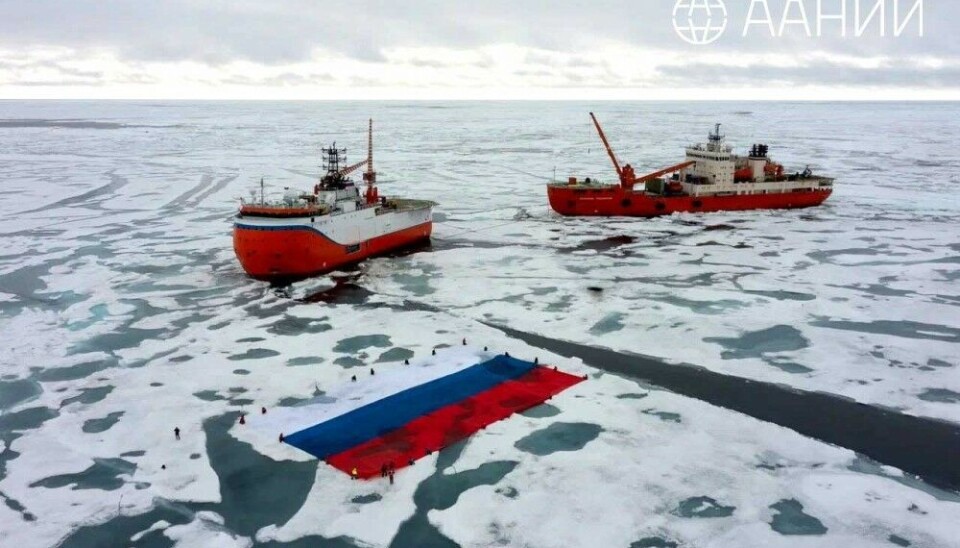
"With the North Pole platform, Russia has returned to the Arctic for good"
The Severny Polyus is on its way from Murmansk to the East Siberian Sea from where it will drift with the sea-ice across the top of the world.
Russia’s North Pole (Severny Polyus) research platform has started its second comprehensive Arctic expedition. The 83 meter long vessel this week set out from Murmansk with course for the high Arctic. It will sail into the polar sea-ice north of the New Siberian Islands and drift with the currents for the next two years.
Experts at the Russian Arctic and Antarctic Research Institute are now scanning satellite images for the most suitable ice-floe for the drift. The search will continue as the vessel approaches the area, the institute informs.
“With the expeditions of the ice-protected self-propelled platform Severny Polyus Russia has returned to the Arctic for good,” says Aleksandr Kozlov, the Russian Minister of Natural Resources.

According to minister, who is also known for his key role in Russia’s cooperation with North Korea, the researchers will during the expedition gather materials of great importance for the protection of Arctic ecology, understanding of climate change, as well as safe sailing on the Northern Sea Route.
The expedition is named “the North Pole-42” and is expected to continue until 2026.
The Severny Polyus has the shape of a bathtub and is ofter referred to as a platform. It has a ship crew of 16 and a research team of up to 34 people. Ship operator is Roshydromet, the Russian state meteorological service.
The Severny Polyus is capable of undertaking geological, acoustic, geophysical and marine research under the harshest of Arctic conditions. In temperatures down to minus 50°C it is reportedly able to provide comfortable living and working conditions for researchers and crew.
On board are 15 labs where researchers can work year-round.
The research platform has replaced Russia’s Arctic expeditions based on ice floes organised since the 1930s. The quickly vanishing Arctic sea-ice has made it increasingly hard to organise the expeditions and last real ice station, the “North Pole-40”, was held in the winter of 2012.
Albeit built for research purposes, the vessel could ultimately also be applied by the Russian military. The country’s new Marine Doctrine includes a high stress on use of civilian ships and infrastructure for military purposes. That could include not only trawler and icebreakers, but also the Severniy Polus.















